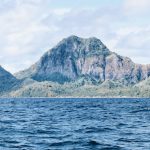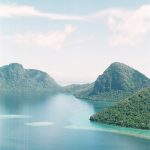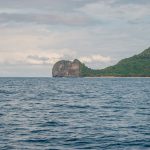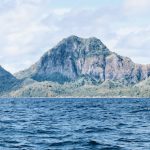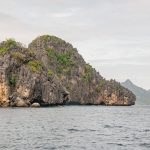Exploring the Beauty of Palawan: A Paradise Found
Description
Palawan, often referred to as the “last frontier” of the Philippines, is an archipelago that captivates the imagination of travelers and nature enthusiasts alike. Stretching over 1,700 kilometers, this province is home to a diverse array of ecosystems, ranging from lush rainforests to pristine beaches. Its unique geographical position, nestled between the South China Sea and the Sulu Sea, has endowed Palawan with a rich tapestry of biodiversity and cultural heritage.
The province is composed of more than 1,700 islands and islets, each offering its own slice of paradise, making it a prime destination for those seeking adventure and tranquility. The allure of Palawan lies not only in its breathtaking landscapes but also in its commitment to preserving its natural beauty. The province has garnered international recognition for its environmental conservation efforts, with UNESCO World Heritage Sites such as the Puerto Princesa Subterranean River National Park and the Tubbataha Reefs Natural Park.
These designations highlight Palawan’s significance as a global ecological treasure.
Key Takeaways
- Palawan is a stunning island province in the Philippines known for its natural beauty and rich biodiversity.
- The landscapes of Palawan are characterized by limestone cliffs, crystal-clear waters, and lush greenery, making it a paradise for nature lovers and adventure seekers.
- Palawan is home to a diverse marine ecosystem, including vibrant coral reefs, sea turtles, and a variety of fish species, making it a popular destination for snorkeling and diving.
- Exploring the culture and history of Palawan offers visitors a glimpse into the traditional way of life of the indigenous tribes and the Spanish colonial influence.
- Sustainable tourism practices are encouraged in Palawan to preserve its natural resources and protect the environment, making it an ideal destination for eco-conscious travelers.
The Stunning Landscapes of Palawan
Iconic Karst Formations
The towering karst formations that rise majestically from the sea, particularly in places like El Nido and Coron, are a sight to behold. These limestone cliffs are not only visually stunning but also serve as a habitat for various species of birds and other wildlife.
A Paradise for Beach Lovers
Palawan boasts some of the most beautiful beaches in the Philippines. White sand beaches like those found on Malcapuya Island and Seven Commandos Beach are often described as idyllic paradises. The soft sands and gentle waves provide a perfect setting for relaxation or water activities such as snorkeling and kayaking.
Exploring Hidden Gems
Visitors can explore hidden lagoons and secret beaches, each offering a unique experience that showcases the natural beauty of Palawan. The vibrant colors of the ocean, ranging from deep azure to turquoise, create a stunning contrast against the lush green backdrop of the islands.
The Rich Marine Life of Palawan
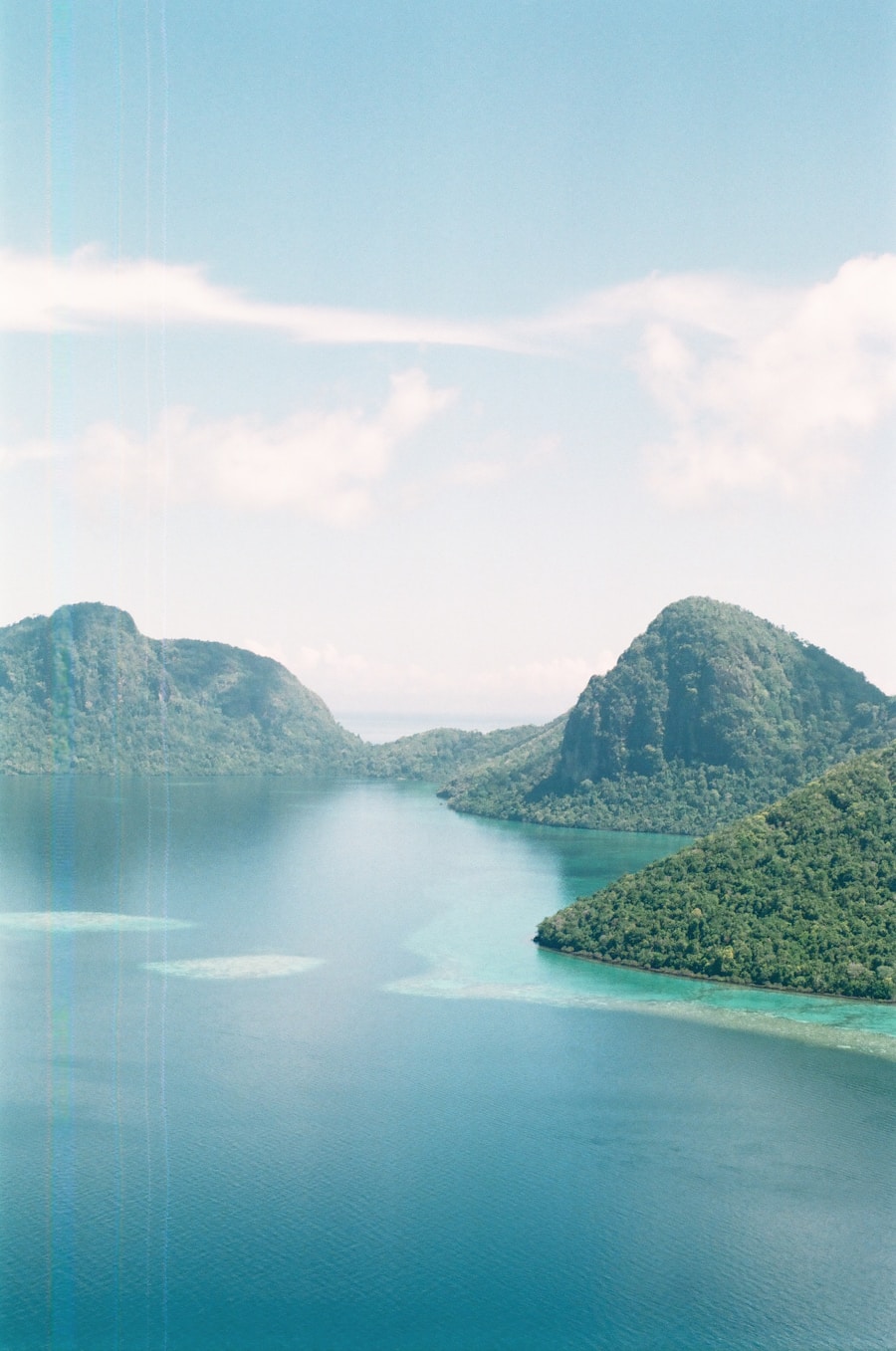
Palawan is renowned for its rich marine biodiversity, making it a haven for divers and snorkelers. The waters surrounding the islands are teeming with life, from vibrant coral reefs to an array of fish species. The Tubbataha Reefs Natural Park, a UNESCO World Heritage Site, is one of the most celebrated diving spots in the world.
This marine sanctuary is home to over 600 species of fish, 400 species of coral, and numerous marine mammals, including sea turtles and dolphins. Divers flock to Tubbataha to experience its pristine underwater ecosystems, where they can encounter everything from colorful clownfish to majestic manta rays. In addition to Tubbataha, other diving spots like Apo Reef and Coron Bay offer equally captivating underwater experiences.
Apo Reef is known for its expansive coral gardens and diverse marine life, while Coron Bay is famous for its shipwreck diving sites from World War.
Exploring the Culture and History of Palawan
| Aspect | Details |
|---|---|
| Population | Approximately 1.2 million people |
| Languages | Tagalog, Cuyonon, Palawano, and other indigenous languages |
| Religion | Majority Roman Catholic, with some indigenous beliefs |
| Historical Sites | Tabon Cave, known as the Cradle of Philippine Civilization |
| Traditional Crafts | Weaving, pottery, and wood carving |
| Cultural Festivals | Cuyo Festival, Baragatan Festival, and Balayong Festival |
The cultural tapestry of Palawan is as rich as its natural landscapes. The province is home to various indigenous groups, including the Tagbanua, Batak, and Palaw’an peoples, each with their own unique traditions and ways of life. These communities have inhabited Palawan for centuries, living in harmony with nature and relying on its resources for sustenance.
Visitors have the opportunity to engage with these indigenous cultures through community-based tourism initiatives that promote cultural exchange and understanding. Historical landmarks such as the Immaculate Conception Cathedral in Puerto Princesa and the ancient burial sites in the Tabon Caves offer glimpses into Palawan’s past. The Tabon Caves are often referred to as the “Cradle of Philippine Civilization,” as they contain some of the oldest human remains discovered in Southeast Asia.
This archaeological significance highlights Palawan’s role in the broader narrative of Philippine history. Additionally, Spanish colonial influences can be seen in various aspects of local architecture and religious practices, creating a fascinating blend of indigenous and colonial heritage.
Sustainable Tourism in Palawan
Sustainable Tourism Initiatives
Local government initiatives and non-governmental organizations are working together to promote eco-friendly tourism that benefits both visitors and local communities.
Eco-Tours for a Greener Experience
One notable example is the establishment of eco-tours that allow visitors to explore Palawan’s natural wonders while minimizing their environmental impact. These tours often include activities such as kayaking through mangroves, hiking in protected areas, and participating in beach clean-up drives. By engaging in these sustainable practices, tourists can contribute to conservation efforts while enjoying the beauty of Palawan.
Green Accommodations for a Sustainable Stay
Furthermore, many accommodations are adopting green practices by utilizing renewable energy sources, reducing plastic use, and sourcing food locally, thereby fostering a more sustainable tourism model.
Tips for Traveling to Palawan

Traveling to Palawan requires some planning to ensure a smooth and enjoyable experience. First and foremost, it is essential to consider the best time to visit. The dry season typically runs from November to May, offering ideal weather conditions for outdoor activities such as island hopping and diving.
However, even during peak season, it is advisable to book accommodations and tours in advance to secure your spot in this popular destination. When exploring Palawan’s islands, consider island-hopping tours that allow you to experience multiple locations in one day. Many tour operators offer packages that include visits to hidden lagoons, snorkeling spots, and picturesque beaches.
It’s also wise to pack essentials such as reef-safe sunscreen, insect repellent, and reusable water bottles to minimize your environmental footprint while enjoying your travels. Additionally, engaging with local communities can enhance your travel experience significantly. Learning about their customs and traditions not only enriches your understanding of Palawan but also supports local economies.
Whether it’s participating in a cooking class featuring traditional dishes or purchasing handmade crafts from local artisans, these interactions foster meaningful connections between visitors and residents. In conclusion, Palawan stands out as a destination that offers an unparalleled blend of natural beauty, rich culture, and commitment to sustainability. Its stunning landscapes beckon adventurers while its vibrant marine life captivates divers from around the globe.
As travelers explore this enchanting province, they are encouraged to embrace responsible tourism practices that protect its treasures for generations to come.
If you’re planning a trip to Palawan, you may also be interested in learning about mastering online football with TG777. This ultimate guide offers tips and strategies for improving your skills in the game. Check out the article here for more information.
FAQs
What is Palawan known for?
Palawan is known for its stunning natural beauty, including pristine beaches, crystal-clear waters, and lush jungles. It is also home to the Puerto Princesa Subterranean River National Park, a UNESCO World Heritage Site.
What are the top attractions in Palawan?
Some of the top attractions in Palawan include El Nido, Coron, Puerto Princesa Underground River, and Tubbataha Reefs Natural Park. These destinations offer opportunities for snorkeling, diving, and exploring the natural wonders of the region.
What is the best time to visit Palawan?
The best time to visit Palawan is during the dry season, which typically runs from November to May. This period offers the best weather for outdoor activities and beach excursions.
How do I get to Palawan?
Palawan can be accessed by air through the Puerto Princesa International Airport, which is the main gateway to the island. There are also ferry services that connect Palawan to other islands in the Philippines.
What are the popular activities in Palawan?
Popular activities in Palawan include island hopping, snorkeling, diving, kayaking, and exploring the limestone cliffs and caves. The region is also known for its vibrant marine life and diverse ecosystems, making it a popular destination for eco-tourism.

